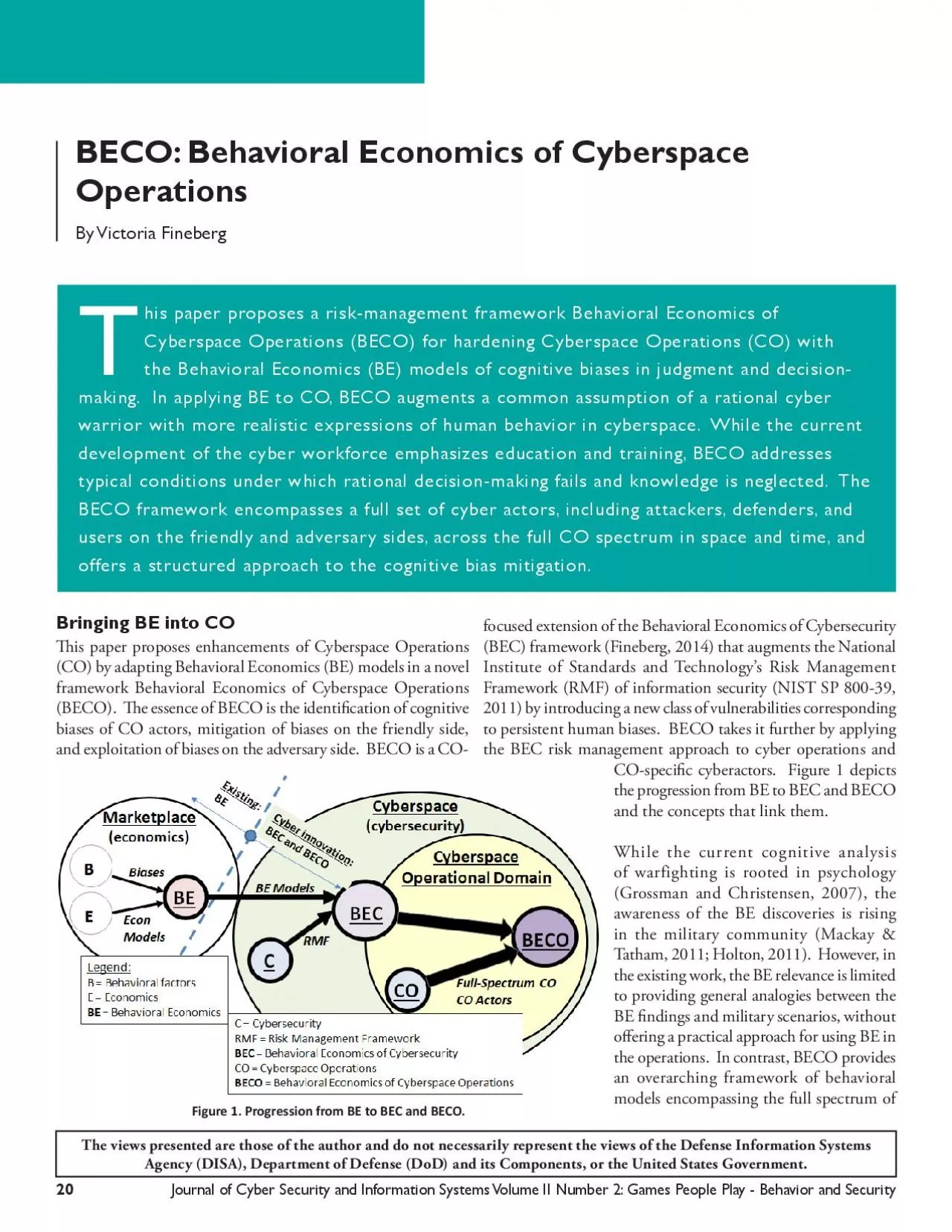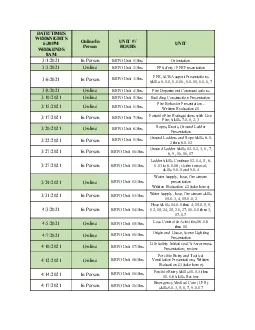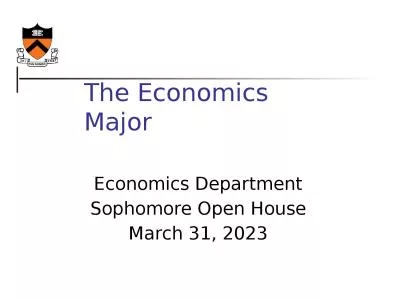PDF-BEFO BeOMviorMl Economics of FyberspMce By Victoria Fineberg
Author : harper | Published Date : 2021-08-18
his paper proposes a riskmanagement framework Behavioral Economics of Cyberspace Operations BECO for hardening Cyberspace Operations CO with the Behavioral Economics
Presentation Embed Code
Download Presentation
Download Presentation The PPT/PDF document "BEFO BeOMviorMl Economics of FyberspMce ..." is the property of its rightful owner. Permission is granted to download and print the materials on this website for personal, non-commercial use only, and to display it on your personal computer provided you do not modify the materials and that you retain all copyright notices contained in the materials. By downloading content from our website, you accept the terms of this agreement.
BEFO BeOMviorMl Economics of FyberspMce By Victoria Fineberg: Transcript
Download Rules Of Document
"BEFO BeOMviorMl Economics of FyberspMce By Victoria Fineberg"The content belongs to its owner. You may download and print it for personal use, without modification, and keep all copyright notices. By downloading, you agree to these terms.
Related Documents














